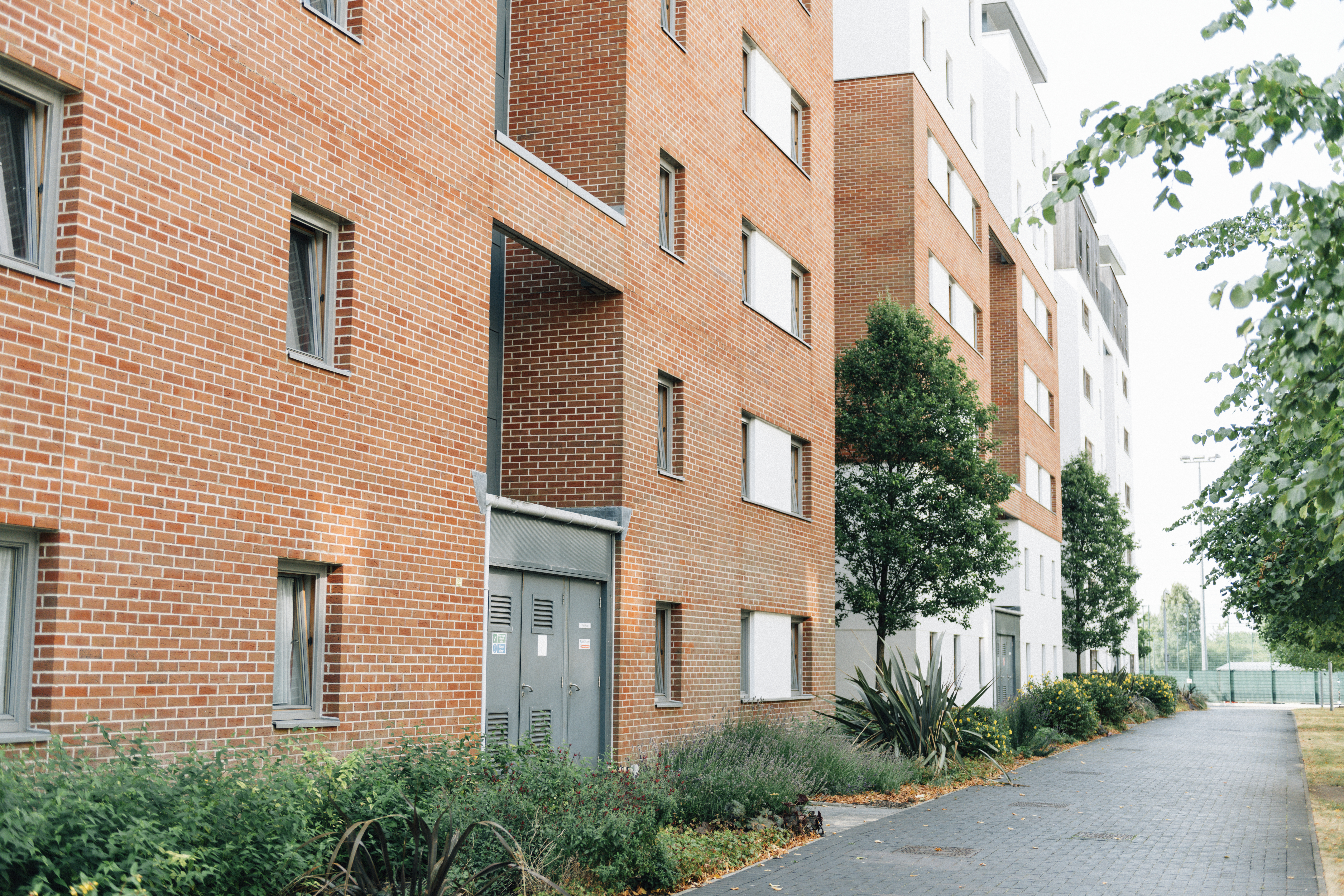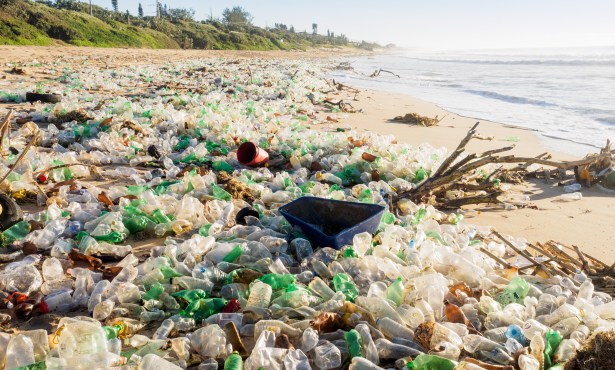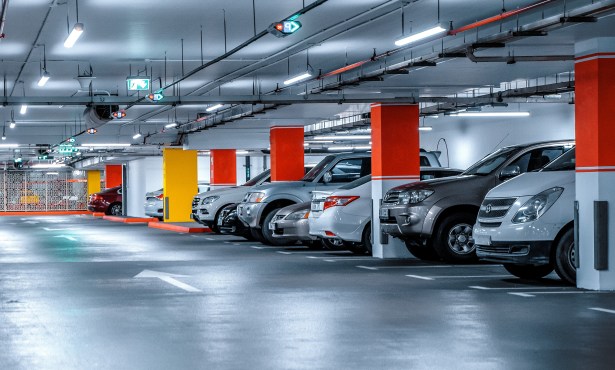Zero-Energy Buildings to Zero-Energy Communities
Changing Our Buildings and Neighborhoods is Key to Countering the Climate Challenge

Net-zero-energy buildings, those that produce the energy they need from renewable sources, are increasingly the default choice. This strategy, however, will not get us to carbon neutrality fast enough. Buildings still account for around 40 percent of all CO2 emissions. We need to think bigger by focusing on designing or redeveloping entire communities to be zero energy.
Communities are being developed that offset three of the largest contributors to CO2 emissions — housing, food, and transportation. One such community, the Hillside Center for Sustainable Living, uses net-positive-energy homes, site-grown food, and shared electric vehicles to drastically cut emissions. In addition, significant grade changes and 150 years of serving as a dumping spot for coal ash and old cars created head-scratching challenges. These and other challenges were solved to create (1) high-performance homes with low to no utility bills; (2) superior durability and low maintenance; (3) quiet interiors with no noise transfer between units; (4) water resilience; and (5) replicability. Much of the community’s food is site-grown and the rest is supplied through a partnership with a local farm.
Get the top stories in your inbox by signing up for our daily newsletter, Indy Today.
One of the opportunities in focusing on communities or neighborhoods is tackling energy with a district system approach. Heating and cooling are the biggest uses of energy in buildings. District systems can address these loads more efficiently while providing economies of scale. Zero carbon emissions can be achieved by burying, at least five feet deep, a network of uninsulated pipes where the soil temperature is nearly equal to the average air temperature. As water flows through the pipes, it warms or cools toward this temperature. Heat pumps at individual buildings above the loop can add or extract heat from the water for heating or cooling.
Although district heating systems have long been in use in Europe and on many U.S. campuses, the Whistler Olympic Village in British Columbia employed the first integrated energy system for both heating and cooling.
Another district project, the multi-use Whisper Valley Community development in Austin, Texas, is constructing 7,500 all-electric homes. Surprisingly, the integrated design featuring an underground loop, heat pumps, energy-efficient appliances, induction cooktops, and an optional five-kilowatt solar photovoltaic array, has homes selling for the price of $50,000.
There is discussion about adding many new housing units in Santa Barbara’s downtown corridor, which would open an opportunity for district systems. It is harder to achieve net zero energy in existing neighborhoods, especially considering cost-effectiveness, but a mix of new and existing buildings, as we may be seeing downtown, offers possibilities. Retrofitting older structures economically; making every building, new or old, all-electric; creating a buried loop; and providing the electricity from photovoltaics would approach a zero-energy community.
Every day, the staff of the Santa Barbara Independent works hard to sort out truth from rumor and keep you informed of what’s happening across the entire Santa Barbara community. Now there’s a way to directly enable these efforts. Support the Independent by making a direct contribution or with a subscription to Indy+.



